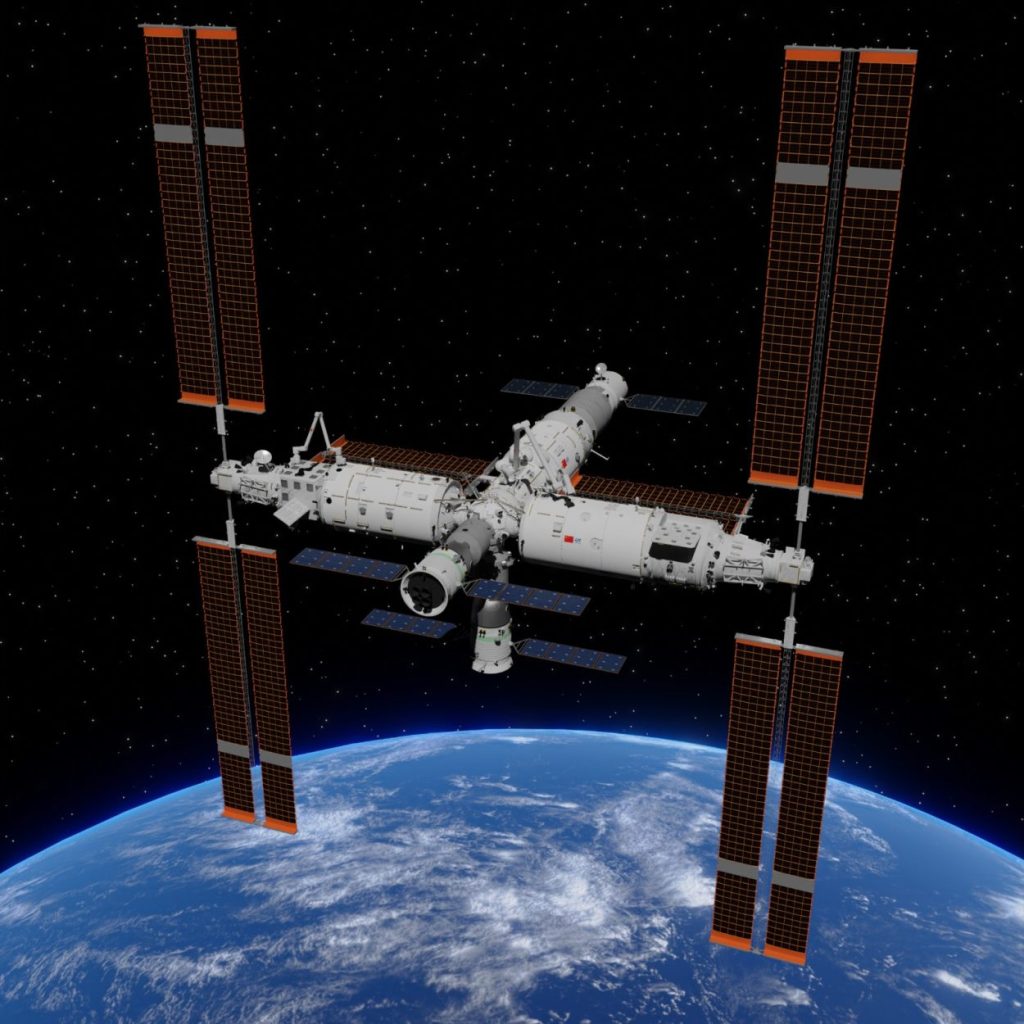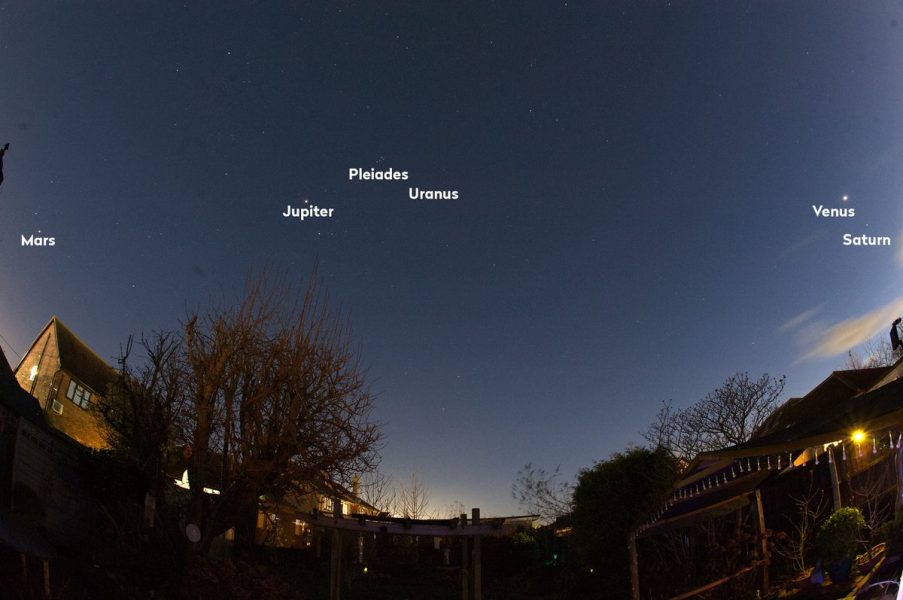“Gigantic Leap” For Chinese Space Program! Astronauts Claim Massive Breakthrough In Artificial Photosynthesis – EurAsian Times

In a major milestone that can go a long way in sustaining long-term life in space, the astronauts of the youngest space station in the world, the Chinese Tiangong, successfully conducted experimental extra-terrestrial photosynthesis in orbit ahead of its key space exploration missions.The crew of the Shenzhou-19, a spaceflight to Tiangong, carried out the first in-orbit demonstration of artificial photosynthesis technology, producing oxygen and the components needed for rocket fuel. This achievement came ahead of a long-term space exploration program, including a crewed moon landing before 2030.The idea behind artificial photosynthesis is the same as that of real photosynthesis, which is how plants turn carbon dioxide and water into glucose and oxygen. The Chinese astronauts used a drawer-shaped apparatus with semiconductor catalysts to turn water and carbon dioxide into oxygen and ethylene, a substance that can be turned into rocket fuel.The Chinese state television channel CCTV ran a broadcast on January 19, saying, “This technology mimics the natural photosynthesis process of green plants through engineered physical and chemical methods, utilizing carbon dioxide resources in confined spaces or extraterrestrial atmospheres to produce oxygen and carbon-based fuels.”“The work is expected to provide critical technical support for human survival and exploration in outer space,” the report added.The testing centered on an array of technologies that would be critical to the generation of resources and the survival of humans in space, including the conversion of carbon dioxide at room temperature, the accurate management of gas and liquid flows in microgravity, and the high-sensitivity, real-time detection of reaction products. The China Manned Space Agency (CMSA) reportedly said that this innovation will likely serve as a technical basis for the nation’s upcoming manned deep-space exploration missions.India-Bangladesh Row: Pakistani Military Officials Visit Border Region Near North-East; Threaten India’s “Chicken Neck”This is not the first time that photosynthesis has occurred in space. The International Space Station (ISS) has earlier conducted photosynthesis experiments for plant growth and to understand the functioning of microgravity.According to a report in the Hong Kong-based South China Morning Post (SCMP), the ISS mostly relies on electrolysis for life support, which uses power from the station’s solar panels to split water into hydrogen and oxygen to give passengers breathable air. According to the report, which cited Katharina Brinkert, a catalysis specialist from the University of Bremen in Germany, the process is effective but energy-intensive. It would not be practical for long trips to the moon or Mars.The new technology tested by Chinese astronauts considerably lowers energy usage by operating effectively at room temperature and standard air pressure, in contrast to traditional high-temperature, high-pressure carbon dioxide reduction techniques. The process can be modified to generate different products, such as formic acid as a precursor for sugar synthesis or methane or ethylene for propulsion.Defunct & Deserted! China Funds 3rd Airport In South Asia; Will It See The Same Fate As Nepal & Sri Lanka?Chinese state news agency Xinhua stated that the experiment is a massive breakthrough because it is believed that reducing reliance on Earth’s resources and achieving interplanetary resource utilization requires the use of in-situ resources, such as carbon dioxide from the Martian atmosphere or lunar regolith, to generate fuel and oxygen. China’s Tiangong space station is positioned to possibly assume a key role in space exploration and research in the 2030s as the International Space Station (ISS) nears the end of its operational life. China apparently created its space station after being denied access to the ISS because of worries about its space agency’s close ties to the military, particularly the People’s Liberation Army (PLA).The Tiangong space station has been operational for nearly two years. Its full assembly was completed in November 2022, following the addition of the Mengtian science module. China Academy of Space Technology’s (CAST) senior manager Li Ming announced more facility upgrades to expand Tiangong’s capabilities during the International Astronautical Congress in Milan in October last year.China is also working on establishing a lunar base in collaboration with Russia. In fact, it recently revealed updated plans for the two-phase development of its ambitious moon base project. As per the plan, China would be in charge of the facility, which is a component of the International Lunar Research Station (ILRS) project, with early assistance from Russia.China’s Syrian Gamble Falls Apart! Downfall Of Bashar al-Assad Sends “Shockwaves” In Beijing! AnalysisThe moon base is expected to be finished by 2035 and will be situated close to the lunar south pole in the first phase. The lunar base will be expanded into a wider network in the second phase, which should be completed by 2050. This network will contain exploration stations on the lunar surface, including at the equator, the far side of the moon, and the south pole, with a central hub in lunar orbit.Late last year, China disclosed that it is producing “moon bricks,” which mimic soil taken from the moon’s surface and might be used as potential building materials for a future lunar base. The upcoming Chang’e 7 lunar mission will also include a flag that will ostensibly flap on the moon, according to the latest reports.Additionally, China’s historic efforts to transport samples from Mars to Earth could begin as early as 2028, two years ahead of schedule. Liu Jizhong, the lead mission designer, stated in September 2024 that the nation’s Tianwen-3 mission would conduct two launches “around 2028” to recover the Martian samples.China seeks to become the space leader by 2050. Its comprehensive plan goes beyond exploring the moon, Mars, and deep space and includes investigating subjects like quantum mechanics, the Universe’s origins, habitable planets, and extraterrestrial life.Against this backdrop, using space resources for lunar and deep space exploration missions will allow China to obtain self-sufficiency and aid its space ambitions. The latest artificial photosynthesis is one step in that direction.
Copyright ©2021. The EurAsian Times. All rights reserved
Source: https://www.eurasiantimes.com/gigantic-leap-for-chinese-space-program/






